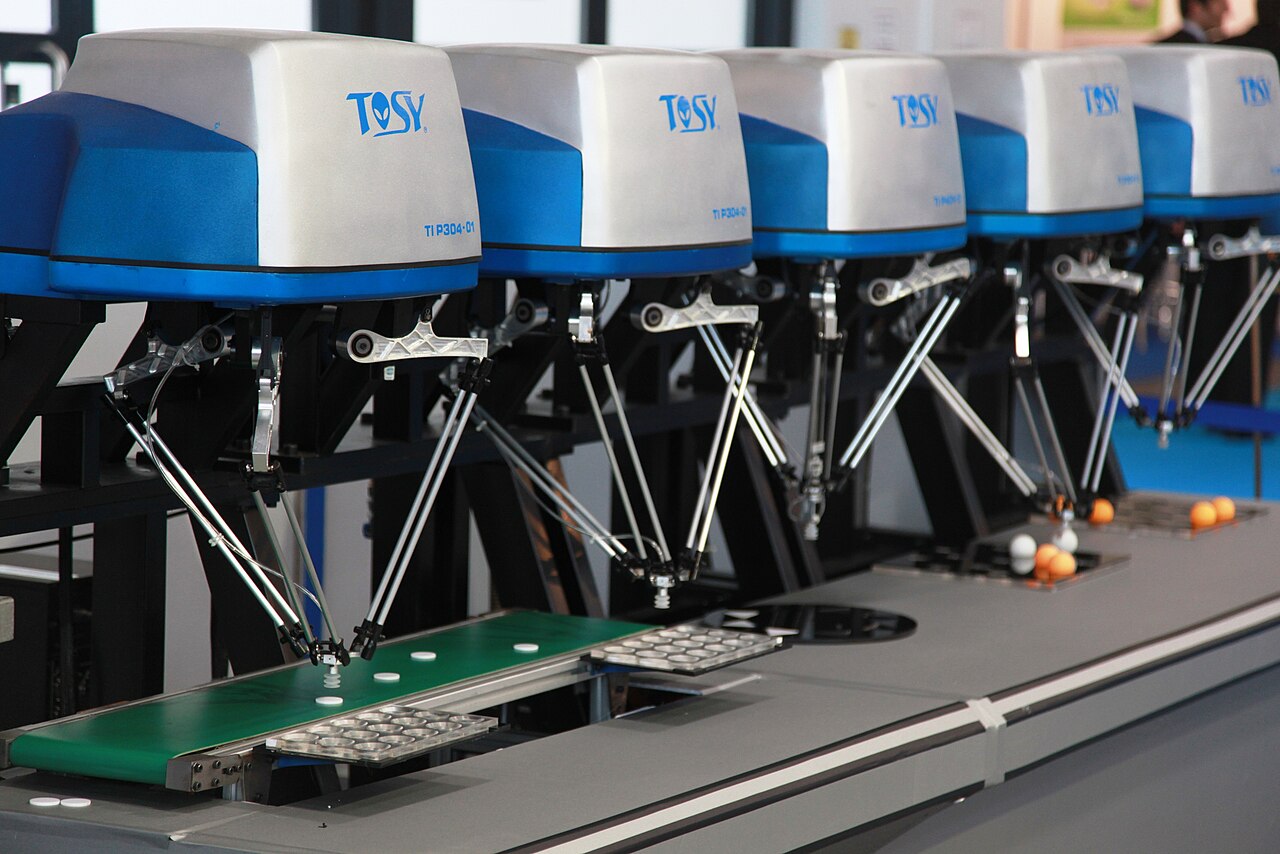
Robotic manufacturing is not a new concept. However, due to recent spikes in demand and a tight labor market, compounded by other government policies, the demand for robotics in manufacturing is higher than ever. However, due to the lack of standards and complexity of robotic deployment, many companies are not able to truly realize the value of robotic manufacturing.
One of our most highly sought after services is fixing improperly integrated robotics and robotic vision systems. Customers often underestimate the complexity of robotic integration, especially robots with machine vision. This issue is further compounded by false promises from some sales engineers, who often vanish after the sale is completed, without providing much integration support.
What is Robotic Manufacturing?
A robotic manufacturing system is a computerized system, controlled and programmed by a person, but designed to perform many of the common manufacturing tasks without a person in the loop. Manufacturing robots can be used in areas of materials handling, product assembly, machine tending and material transportation. Many manufacturing robots can perform many different manufacturing tasks including hooking up machine tools, programming and operating the automated assembly line, or sorting and moving materials around. Many researchers are designing systems that can perform routine manufacturing tasks using robotic arms. As a result, the human work force can be reduced and the result is more accurate, more efficient and more sustainable factory production.
Benefits of Robotic Manufacturing
As with all new technologies, the adoption of robotics in manufacturing can be a very positive change for businesses. Automating many of the processes of manufacturing can lead to significant cost savings. It is no secret that manufacturers spend vast amounts of time trying to get the smallest quantities out of the most expensive parts of a product. This process can be as simple as purchasing the parts used in a single production run and producing many in one place. This can be an expensive process with high maintenance costs. The potential for reducing costs using robots is a huge benefit for businesses that need to expand or in general are seeking to improve their operations.
Disadvantages of Robotic Manufacturing
The benefits of automated manufacturing are many, but one of the main challenges facing many small and midsized business owners is the lack of technical talent available to take advantage of these systems. This trend of more advanced technology simply outpacing the ability to bring it into businesses and schools has great potential for a future in which entrepreneurs are hiring only from other startups and university graduates. The barriers to entry in many industries are relatively low, making it difficult for even experienced workers to fill jobs that require less work than the average job. Employers in all industries may find it difficult to find the qualified and qualified workers to support an automated manufacturing company.
Conclusion
The impact of robotics in manufacturing, both positively and negatively, is more complex than the statistics may initially suggest. According to a report from the Robotics Industry Association, the global robotics market will grow to $220 billion by 2020, almost two times the amount of 2013. The exact impact varies, depending on the company, the type of manufacturing they produce, and the geographic location they reside in. It is not enough to just focus on the technical aspects of robotics, but on the potential for their adoption across all sectors of the economy.
Machine Vision Integrators